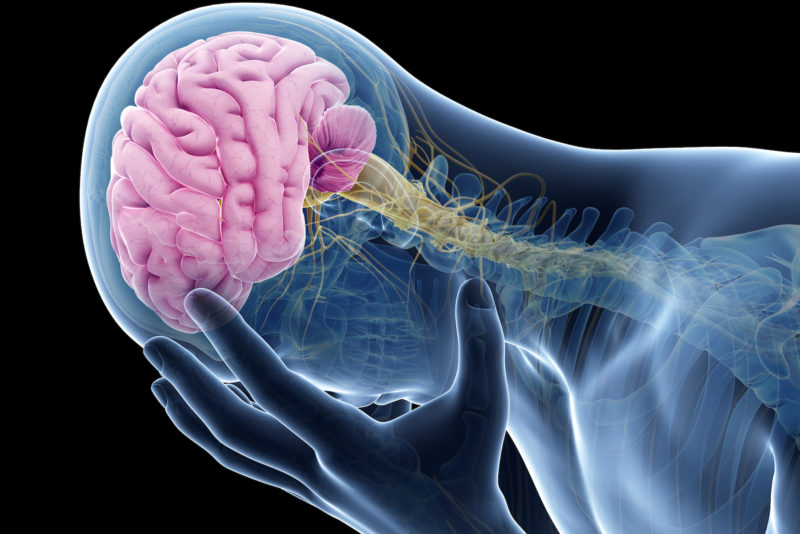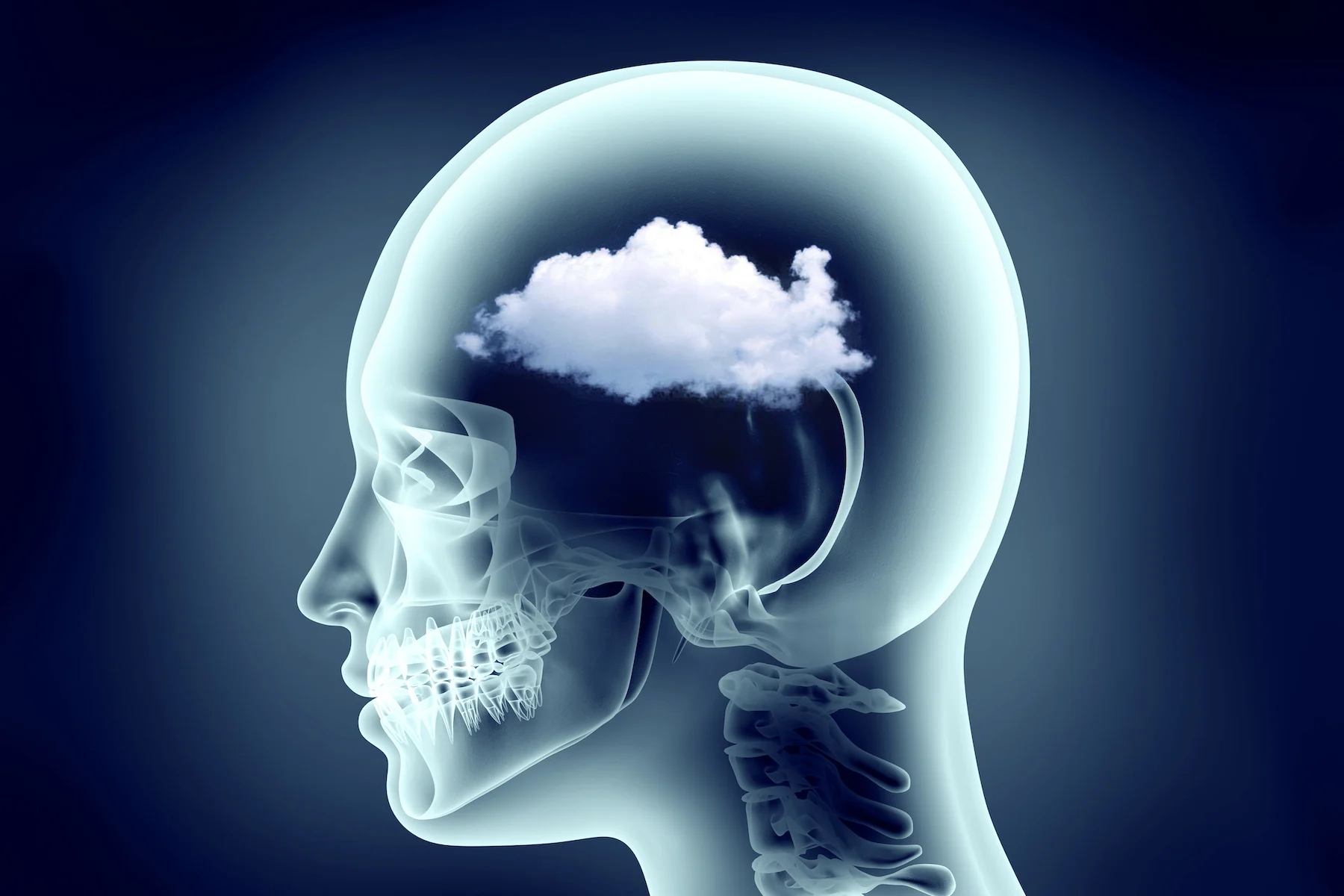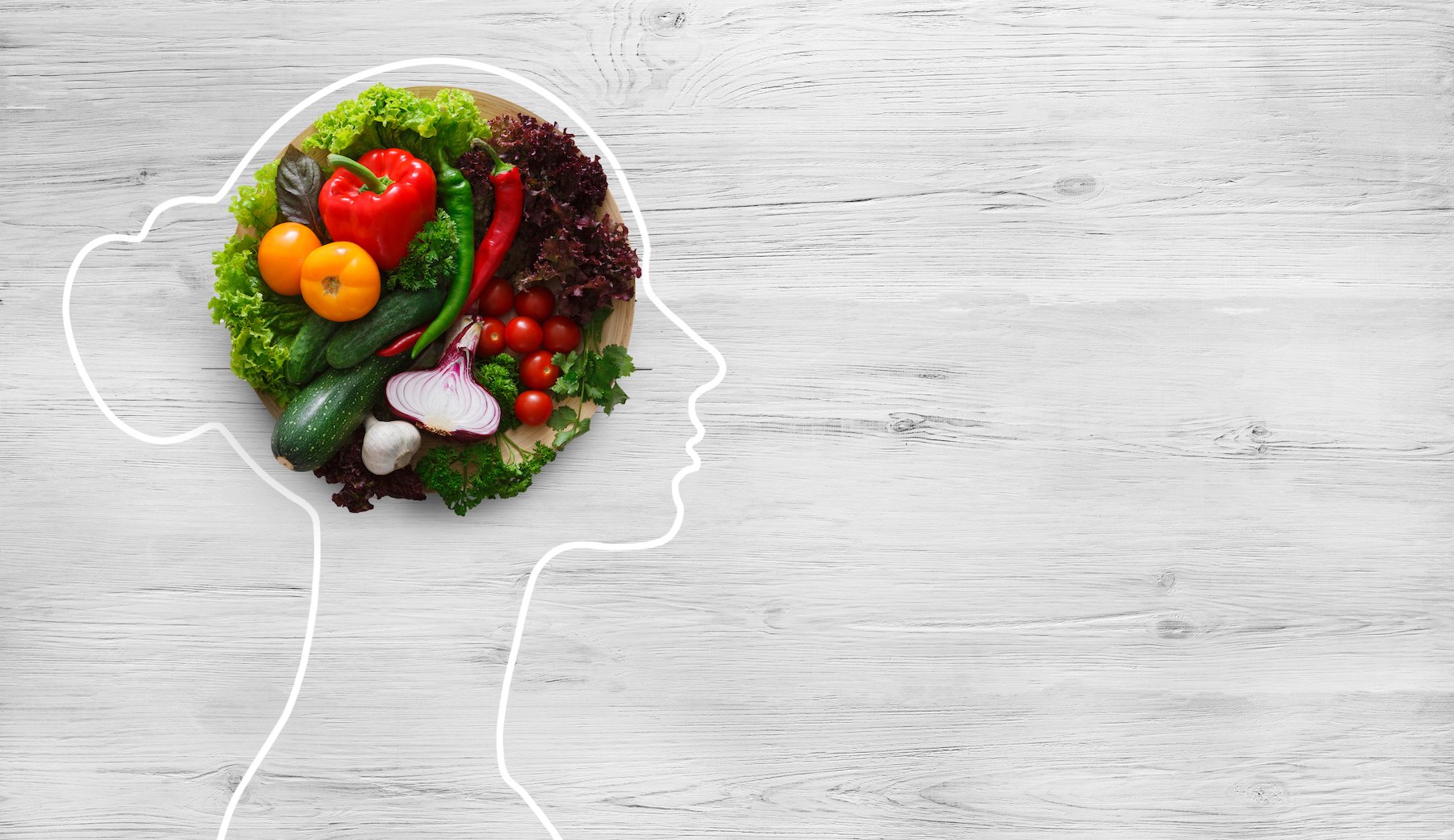The Study:
“Incident Major Depressive Disorder Predicted by Three Measures of Insulin Resistance: A Dutch Cohort Study”
Published: The American Journal of Psychiatry
Where: Stanford School of Medicine
The Takeaway:
People with prediabetic levels of insulin resistance may have almost twice the chance of developing depression.
What It Looked At:
The study had two objectives:
- To investigate whether there is an association between insulin resistance (a condition where the cells in the body stop responding normally to insulin and can’t easily absorb glucose for energy) and the development of major depressive disorder within a nine-year period.
- A secondary goal was to see if the development of metabolic dysfunction during the first two years of the study predicted depression occurring in the remaining seven years.
“Several studies showed an association between insulin resistance and depression,” says lead author Kathleen Watson, Ph.D., Postdoctoral Researcher, Department of Psychiatry and Behavioral Sciences, Stanford University. “In 2020, we found that insulin resistance is related to being in a depressive episode and depression severity. But that study evaluated depression and insulin resistance at the same point in time.”
“Every additional 18 mg/dL of fasting glucose was associated with a 37% increased rate of developing depression.”
“We did not know whether being insulin resistant first could lead to new cases of depression in the future. This study attempts to address that question,” Watson says.
The study enrolled 601 participants, between the ages 18 and 65, without depression or anxiety, from the Netherlands Study of Depression and Anxiety (NESDA) and followed them for nine years. NESDA is a multisite cohort study exploring how depression and anxiety disorders develop over time.
The study tested three markers of insulin resistance at the beginning of the study and again in two years:
- Triglyceride-to-high-density lipoprotein (HDL) cholesterol ratio. A ratio of ≥0.83 in women or ≥1.22 in men was considered indicative of insulin resistance.
- High fasting plasma glucose level: ≥99.7 mg/dL was considered a marker of prediabetes (although researchers looked at a range of glucose values against depression).
- High waist circumference (100 cm or more), which reflects increased adiposity, was the third surrogate measure of insulin resistance. (Here, too, the spectrum of waist measurements was evaluated against outcomes.)
(People who did not meet those criteria at the beginning of the study, but did two years later, were included in the secondary analysis to see the impact of newly developed metabolic disorder on depression risk.)
The participants also underwent a psychiatric evaluation at the start of the study, followed up at two, four, six, and nine years, in which they were screened for major depressive disorder, anxiety disorders, and bipolar disorder.
What It Found:
Researchers looked at the range of markers across the population and found that people who had any one of the three measures that indicate insulin resistance at the beginning of the study were more likely to develop depression over the nine-year follow-up period.
- For every one-unit increase in triglyceride-HDL ratio, people had an 89% higher likelihood of developing depression. (For example, if one person has a triglyceride/HDL value of .5 and another person has 1.5, the latter has an 89% higher risk of depression than the person with the .5 ratio.)
- Every additional 5cm increase in waist circumference of the study subjects was associated with an 11% higher rate of developing depression.
- Every additional 18 mg/dL of fasting glucose was associated with a 37% increased rate of developing depression.
“It was a bit unexpected that being insulin resistant led to a markedly increased rate of depression over a nine-year follow-up period because the relationship between insulin resistance and depression could go in either direction,” says Watson. “For example, it is possible that being depressed would lead to insulin resistance, perhaps due to changes in health behavior, but not the other way around.”
The researchers posited two physiological mechanisms that may explain the connections:
- First, insulin resistance may produce an inflammatory response in the brain, which could trigger depression.
- There may be a connection between insulin resistance and dysregulation of the glucocorticoids that regulate the hypothalamic-pituitary-adrenal axis (HPA-axis), the body’s stress response system. This impairment has been linked with depression.
Previous studies have shown higher rates of depression among people with Type 2 diabetes and even among those who eat high carbohydrate diets. Other researchers have proposed additional mechanisms that may connect metabolic dysfunction and depression, including impact on the growth of new brain cells and insulin resistance in the brain itself.
On the secondary question, looking at whether people who became insulin resistant in the first two years of the study (meaning they met one of the three thresholds above) then had a higher likelihood of going on to develop depression, the study authors found that only elevated (prediabetic) fasting glucose levels led to higher rates of depression compared to people with normal glucose. But this suggests that the onset of prediabetes may predict depression onset in just a handful of years.
Why It Matters:
“First, we know that Type 2 diabetes leads to an increased risk for depression,” says Watson. “Here, we see that insulin resistance, a highly prevalent condition that often precedes Type 2 diabetes, is also associated with an increased rate of depression.”
Depression is a public health issue that heavily impacts many adults’ physical, mental, social, and financial well-being.
According to the World Health Organization (WHO), depression affects up to 5% of adults and is a leading cause of disability worldwide. Data from the National Institutes of Mental Health shows that in 2019 up to 19.4 million adults (7.8% of the U.S. population) have had at least one depressive episode, and 13.1 million have had at least one major depressive episode with severe impairment.
Prediabetes is a reversible condition that affects about 88 million US adults. Identifying and managing prediabetes in a person may help prevent or manage some cases of depression.
Studies such as this one and others suggest the predictive benefit of using a person’s metabolic status to measure their risk of developing depression, preventing it, and managing it when they have it.
“We are also exploring the idea of the metabolic subtype of depression (a type of depression developed from metabolic diseases),” Watson says. “It is plausible that different treatments or approaches help manage depression in people with insulin resistance. These tools may inform clinical practices in the future.”

How do glucose levels relate to depression and anxiety?
Controlling blood sugar dysregulation may be an important factor in reducing the risk of mood disorders like anxiety and depression. Continuous glucose monitoring (CGM) can serve as a biofeedback tool to gain clarity into how personal glucose levels and mood are related.
Read the Article






